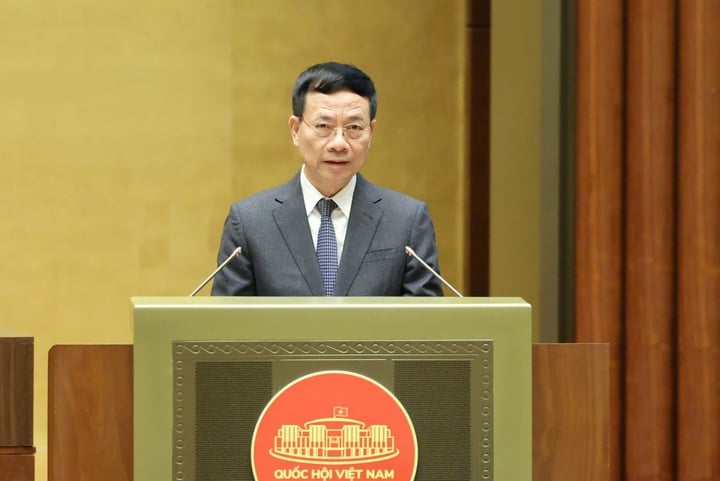
Minister of Science and Technology Nguyen Manh Hung presented the Draft Law on Artificial Intelligence.
Supplementing and perfecting the legal framework, raising Vietnam's position on the AI map
Presenting the draft Law on Artificial Intelligence to the National Assembly, Minister of Science and Technology Nguyen Manh Hung emphasized that the law's development aims to concretize major resolutions of the Party and State on science, technology, innovation and digital transformation, especially the requirement to develop artificial intelligence for humans, for sustainable development, while firmly protecting national interests, human rights and digital sovereignty.
According to the Submission, the draft Law consists of 8 chapters and 36 articles, regulating activities of research, development, provision, deployment and use of artificial intelligence systems in Vietnam; defining the rights and obligations of relevant organizations and individuals; and regulating the responsibility of state management of artificial intelligence activities in Vietnam.
The Ministry of Science and Technology was assigned to be the drafting agency, playing the role of "connecting axis" between ministries, branches, experts, businesses and the domestic research community, while also consulting the legislative experience of many countries and international organizations.
The draft Law takes a risk-based management approach, classifying AI systems at different levels, along with requirements for transparency, labeling, accountability, conformity assessment, management and incident handling.
Some specific fields such as national defense, security, intelligence, and cryptography are separated from the scope of regulation of the Law to suit their secret nature and separate management mechanism.
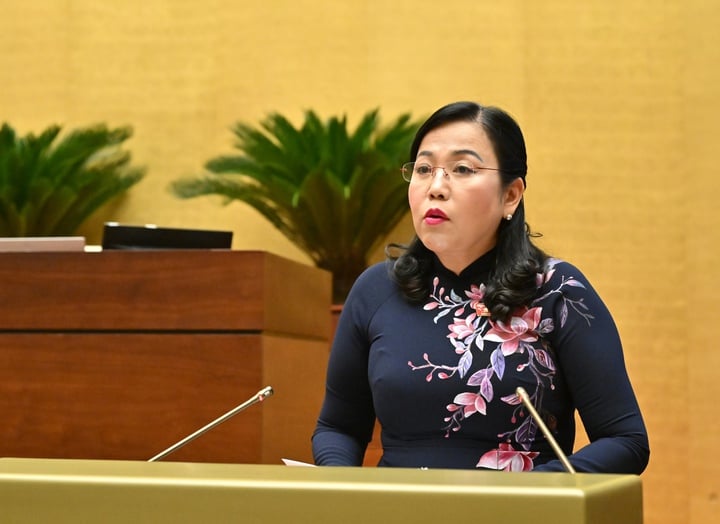
Chairman of the National Assembly's Committee on Science , Technology and Environment Nguyen Thanh Hai said that the Draft Law on Artificial Intelligence closely follows the major policies of the Party and State on science and technology development, innovation and digital transformation.
Clarifying the scope of regulation, ensuring comprehensive management of the AI value chain
On behalf of the agency in charge of the review, Chairman of the National Assembly's Committee on Science, Technology and Environment (Committee) Nguyen Thanh Hai said that the Draft Law closely followed the major policies of the Party and State on science and technology development, innovation and digital transformation.
Chairman Nguyen Thanh Hai also stated that the Committee agreed with the need to promulgate the Law on Artificial Intelligence to supplement and perfect the existing legal framework, establish a unified, synchronous, comprehensive and more flexible management mechanism, suitable to the characteristics of the field of artificial intelligence; promote integration and mutual recognition of technology. Thereby, enhancing Vietnam's position in the global value chain and expanding international cooperation in the field of artificial intelligence.
The Committee recommends that the Ministry of Science and Technology continue to review and institutionalize the Party and State's policies on developing AI for humans and sustainable development; improve labor productivity based on AI applications; promote public-private cooperation in developing data infrastructure, high-performance computing infrastructure and training high-quality human resources.
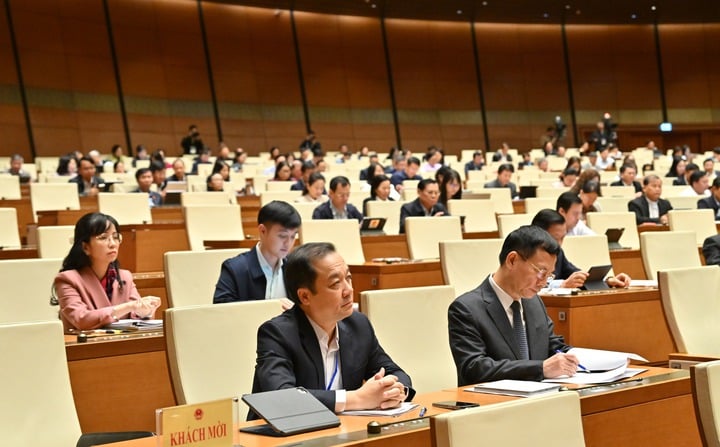
Delegates attending the meeting.
One of the contents emphasized by the review agency is the scope of the Law. According to the Committee, the draft is currently quite broad, but the boundary between the Law on Artificial Intelligence and related laws such as the Law on Science, Technology and Innovation, the Law on Data, the Law on Digital Technology Industry, etc. still needs to be clarified to avoid duplication and overlap. At the same time, research, expand the scope of regulation and supplement regulations related to the above-mentioned intermediary entities to ensure comprehensive management of the artificial intelligence value chain and prevent risks arising from the provision of platforms and original models.
In addition, it is necessary to supplement internal training, research, development and testing activities because high-risk artificial intelligence systems, even in an internal environment, can still cause serious technical or cybersecurity incidents if not controlled./.
Source: https://mst.gov.vn/hoan-thien-khung-phap-ly-de-quan-ly-toan-dien-tri-tue-nhan-tao-ngan-ngua-rui-ro-phat-sinh-197251121103921617.htm


![[Photo] General Secretary To Lam receives President of the Senate of the Czech Republic Milos Vystrcil](/_next/image?url=https%3A%2F%2Fvphoto.vietnam.vn%2Fthumb%2F1200x675%2Fvietnam%2Fresource%2FIMAGE%2F2025%2F11%2F21%2F1763723946294_ndo_br_1-8401-jpg.webp&w=3840&q=75)

![[Photo] National Assembly Chairman Tran Thanh Man holds talks with President of the Senate of the Czech Republic Milos Vystrcil](/_next/image?url=https%3A%2F%2Fvphoto.vietnam.vn%2Fthumb%2F1200x675%2Fvietnam%2Fresource%2FIMAGE%2F2025%2F11%2F21%2F1763715853195_ndo_br_bnd-6440-jpg.webp&w=3840&q=75)

![[Photo] Visit Hung Yen to admire the "wooden masterpiece" pagoda in the heart of the Northern Delta](/_next/image?url=https%3A%2F%2Fvphoto.vietnam.vn%2Fthumb%2F1200x675%2Fvietnam%2Fresource%2FIMAGE%2F2025%2F11%2F21%2F1763716446000_a1-bnd-8471-1769-jpg.webp&w=3840&q=75)
![[Photo] President Luong Cuong receives Speaker of the Korean National Assembly Woo Won Shik](/_next/image?url=https%3A%2F%2Fvphoto.vietnam.vn%2Fthumb%2F1200x675%2Fvietnam%2Fresource%2FIMAGE%2F2025%2F11%2F21%2F1763720046458_ndo_br_1-jpg.webp&w=3840&q=75)
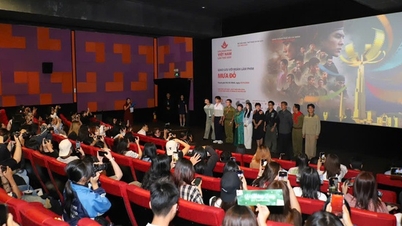




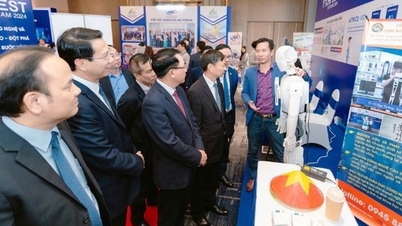
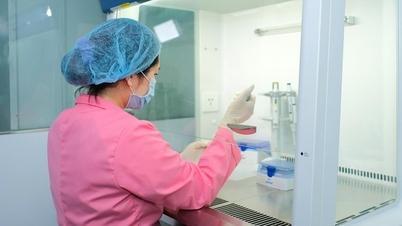



















































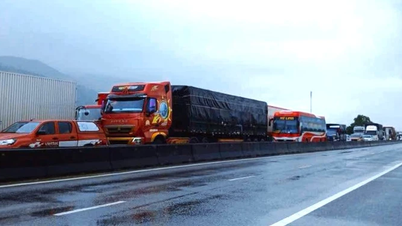



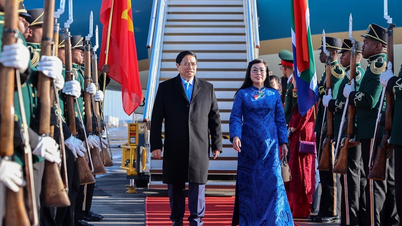

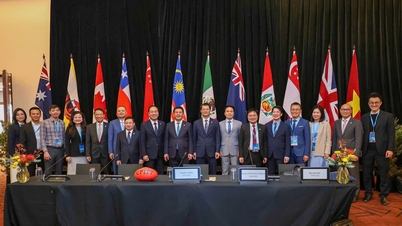



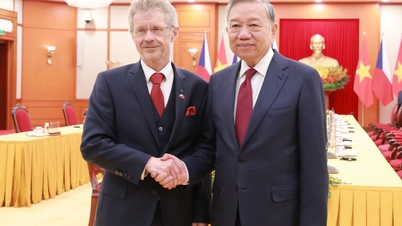

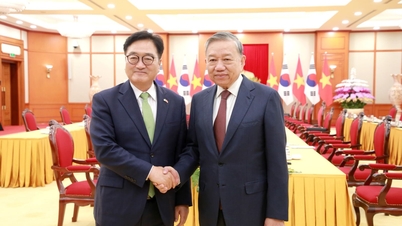




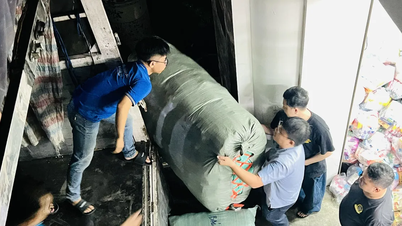





















Comment (0)